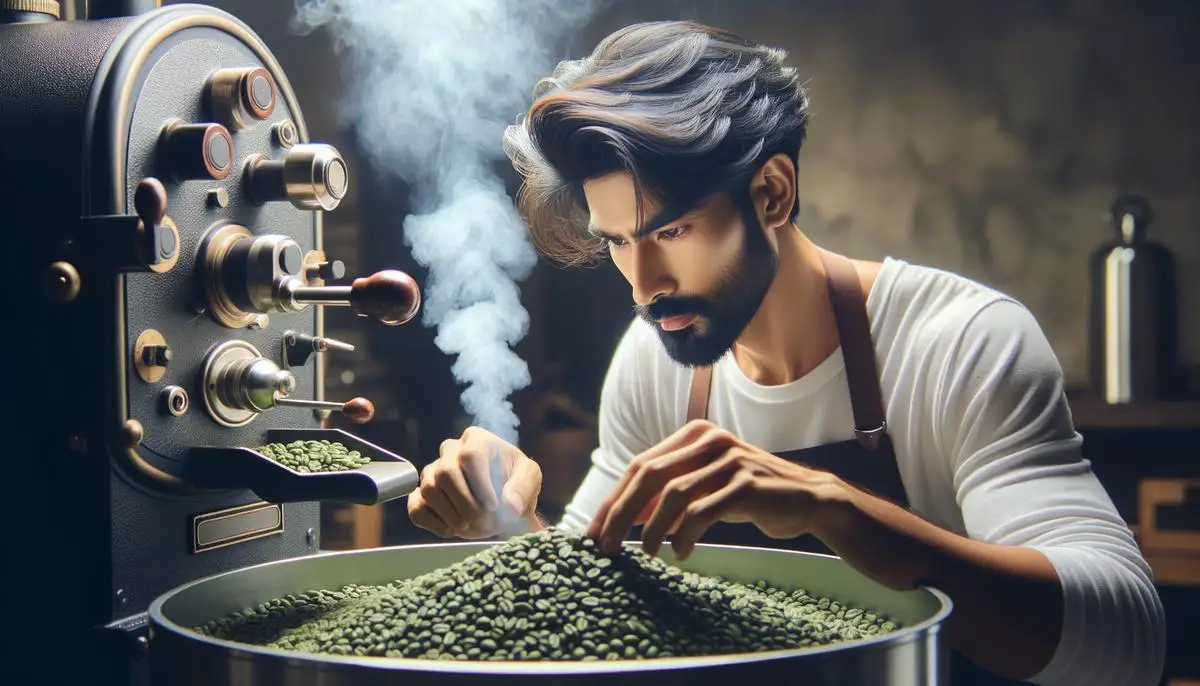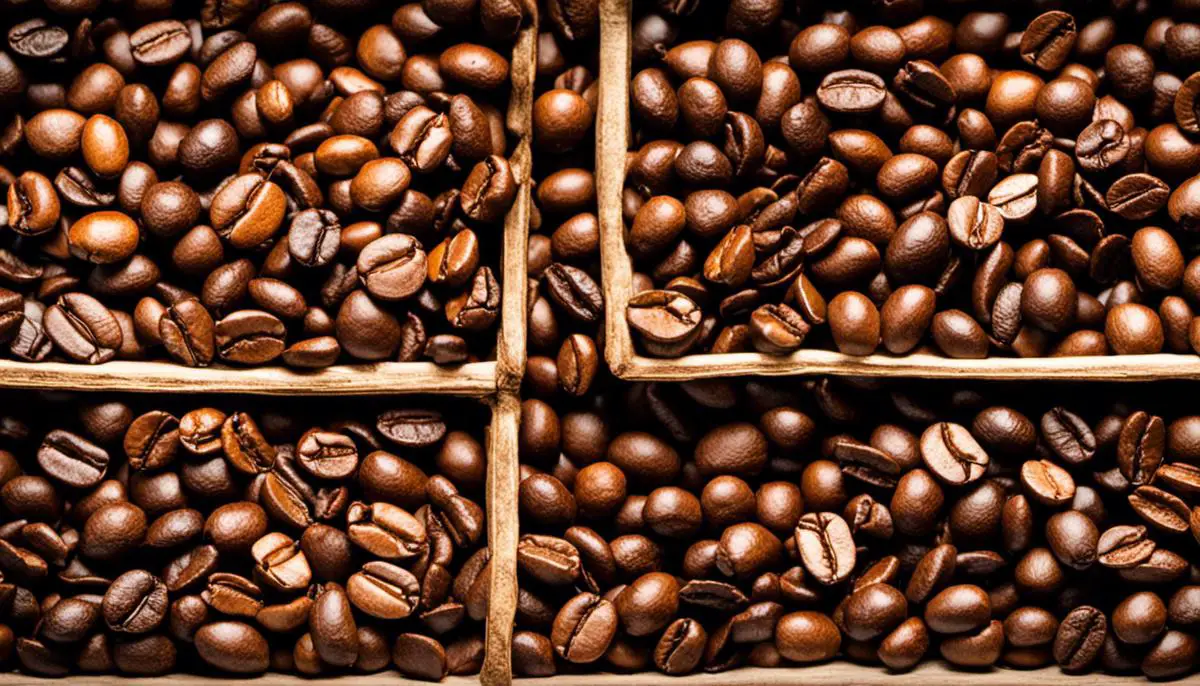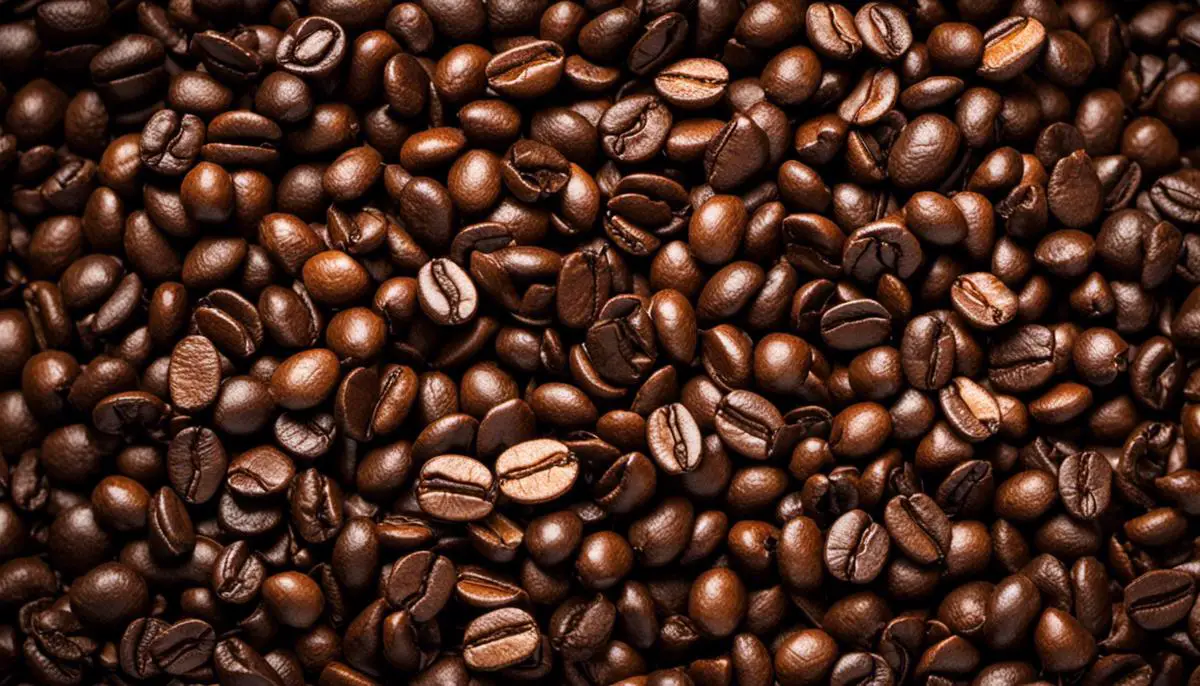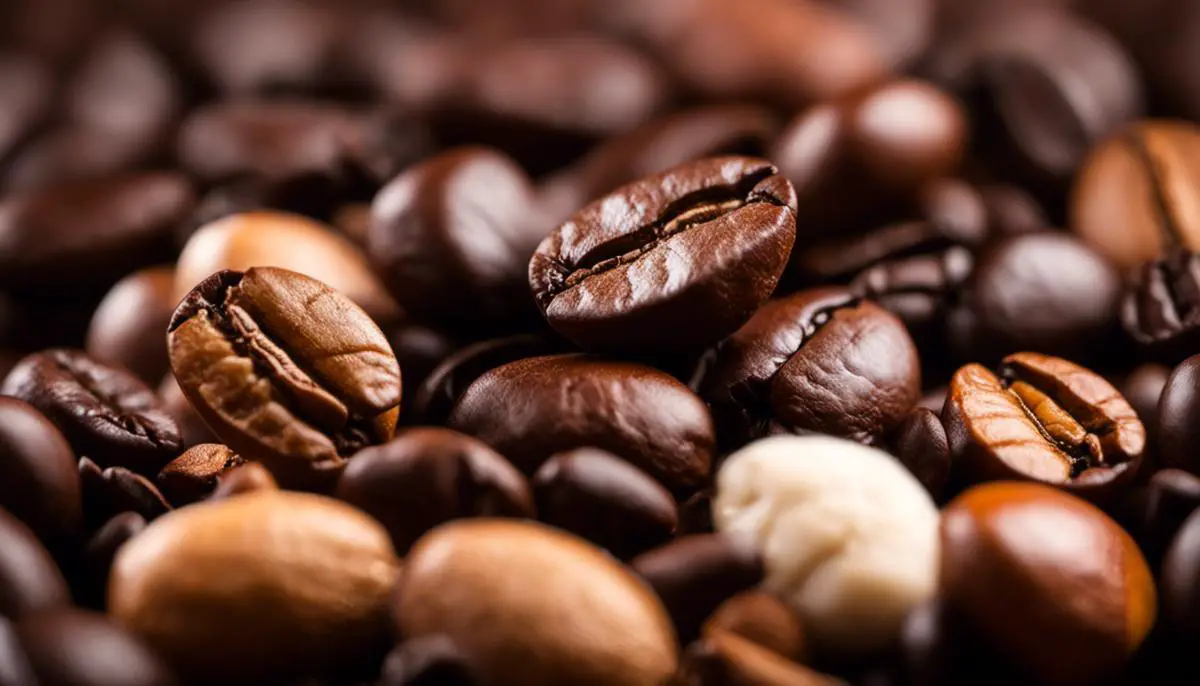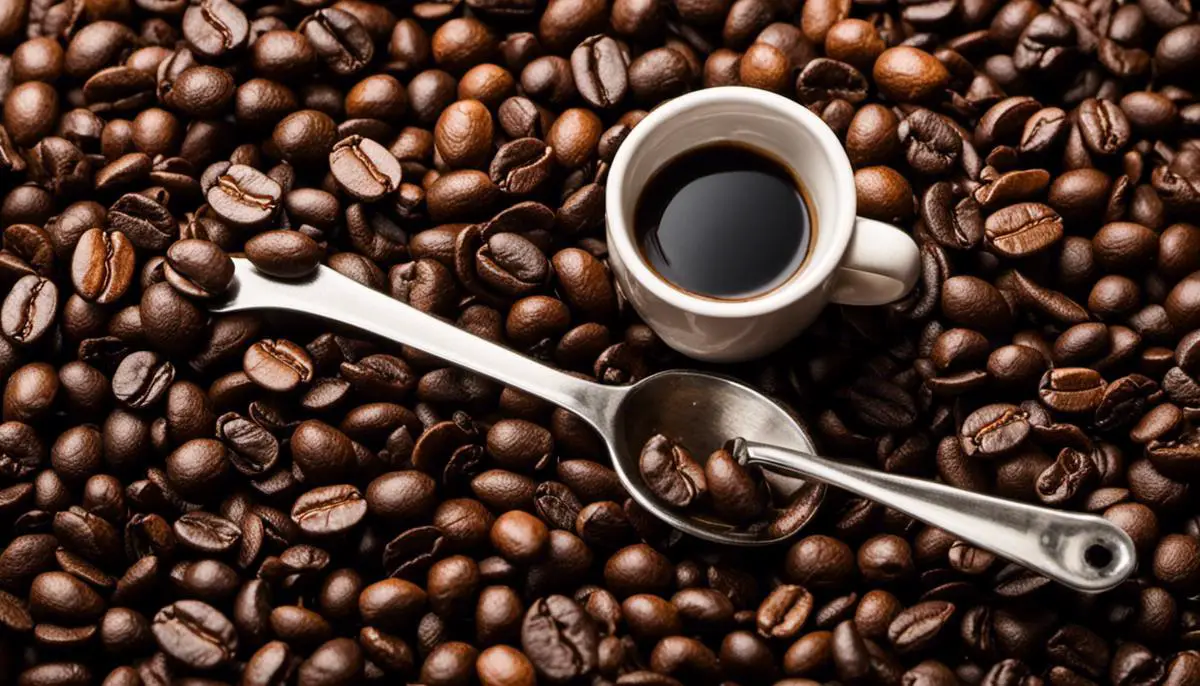Oh, the joy of sipping on a well-crafted cup of coffee, where every sip whispers a story of its journey from bean to cup. It’s not just about tossing beans into a roaster and hoping for the best. No, sir. It’s an art form, a delicate dance between heat and time, where every decision impacts the final brew. In this piece, we’ll peel back the layers of coffee roasting, shedding light on the intricacies that transform a humble bean into a symphony of flavors. So, grab your favorite mug and let’s take a stroll down this aromatic lane together.
The Art of Coffee Roasting
Turning green coffee beans into that perfect cup involves a lot more than just heating them up. It’s about bringing out the unique flavors hidden within each bean. Think of it like turning grapes into a fine wine. The type of bean, where it’s from, and how it’s roasted can make all the difference between a so-so cup of joe and a truly memorable brew.
Roasting is where the magic happens. It’s when heat sparks a chemical dance, turning raw, grassy beans into rich, aromatic beauties. This process isn’t just science – it’s an art. The roast master needs a keen sense, developed through years of experience, to know precisely when beans have hit their sweet spot. Too little, and the coffee’s full potential remains locked away. Too much, and you’re left with bitterness.
Imagine the roast curve as a roadmap to flavor. It plots temperature against time, guiding the roaster on a journey through drying, browning, and finally, the development stage. Each bean has its own preferred path, influenced by its density, moisture content, and origin. Hitting the right temperature at the right time can coax out flavors ranging from fruity to chocolatey, bright to nutty.
But here’s the kicker, no two roasts are ever completely alike. Factors like altitude and air humidity play their part, making each batch a unique experiment. Adjustments have to be made on the fly; it’s a performance requiring attentiveness and adaptability.
Let’s not forget about the first crack – a moment every roaster waits for, when beans expand, cracking open like popcorn. This milestone marks the transition into the realm of edible magic. Some prefer to stop here, cherishing the light, nuanced profiles. Others push into second crack territory, where oils surface, and flavors intensify.
What’s clear is mastering roasting is as much about intuition as it is about technique. It requires patience, precision, and a willingness to learn. Every batch holds lessons, refining the craft further.
In essence, walking through the world of coffee roasting opens up a trove of sensory experiences. It’s a continuous balancing act capturing the essence hidden inside every green bean, turning them into the complex, flavor-packed wonders in your morning cup. No wonder it’s considered an art form – one that keeps both roasters and drinkers forever intrigued.
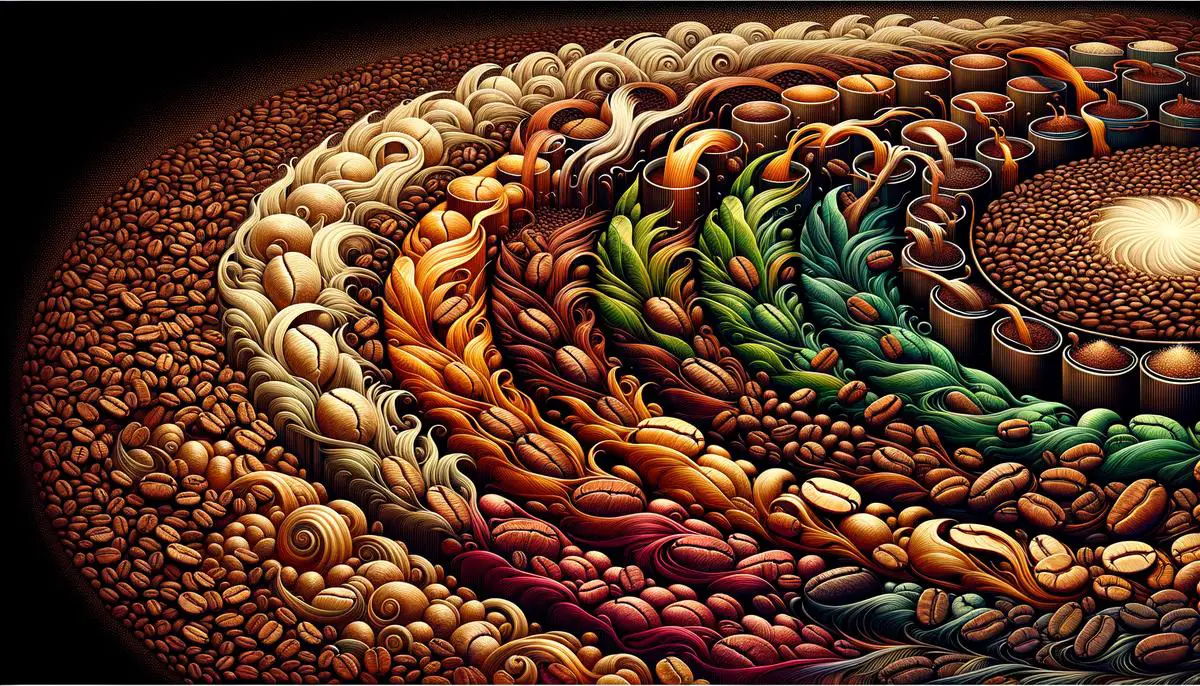
Choosing Your Beans
Selecting green beans for roasting is akin to an alchemist choosing their metals, knowing that with the right elements, they can concoct something magical.
One of the first steps is examining the origin of the bean. Imagine this: each region imparts its signature on its beans, much like grapes for wine. Beans from Ethiopia, often known as the birthplace of coffee, can boast floral and fruity notes, while those hailing from Colombia might bring a nutty or chocolatey ambiance to the brew.
Then, there’s the matter of variety. It’s not just about Arabica or Robusta – within these categories lie myriad cultivars, each with its set of flavor fingerprints. Like siblings with different personalities, these varieties can surprise you with their distinct characters. A Typica bean might whisper hints of chocolate and soft fruit, whereas a Bourbon bean could sing with sweetness and complexity.
Processing method plays a crucial role too. Whether the beans are washed, leading to a cleaner and more acidic cup, or processed naturally, offering a fuller body and sweeter, more pronounced fruit flavors, steers your roast towards its ultimate flavor destination. Imagine laying the beans out under the sun to dry with fruit still attached, imbuing them with a unique sweetness. This sun-kissed method compared to the pristine wash speaks volumes in the final cup.
When choosing beans, it’s essential to match one’s objective with the bean’s inherent qualities. Supposing the aim is for a light roast that sings with acidity and highlights unique terroir characteristics, a hard, dense bean from high-altitude areas would fit the bill perfectly.
On the other end, for those luscious, dark roasts that soothe with their rich bitterness and full-bodied embrace, seeking out softer beans that have experienced life at lower elevations can bring about the desired outcome. Think of crafting a dark roast as wrapping a warm, velvety cloak around the shoulders on a chilly evening – it’s the choice of fabric, or in this case, bean, that makes all the difference.
Always err on the side of curiosity. Roasting green beans isn’t just a process; it’s an exploration. Mapping out which bean characteristics marry well with desired roast profiles might feel like learning a new dance. It takes practice, might involve stepping on a few toes, but when the music and movement align—it’s poetry in motion.
This pursuit of the perfect roast isn’t solitary. Engaging with farmers and suppliers, understanding their processes and challenges, involve building a narrative for the bean from soil to cup. It transforms a simple bean into a storyteller, narrating tales of its home, weather endured during growth, and the hands that nurtured it.
Bear in mind – flipping through a catalog can’t replicate the insight gained from direct communication and sampling. Like tasting a chef’s specials before opening night, this prelude is key to setting the stage.
In sum, diving into selecting beans for roasting without an understanding of their backstory is akin to starting a novel from the middle – you’ll get the gist but miss out on the richness of context that defines its essence. Envision engaging with each bean’s story, using this knowledge as guideposts for your roasting adventure, and watch as each batch unveils its narrative, sip by sip.
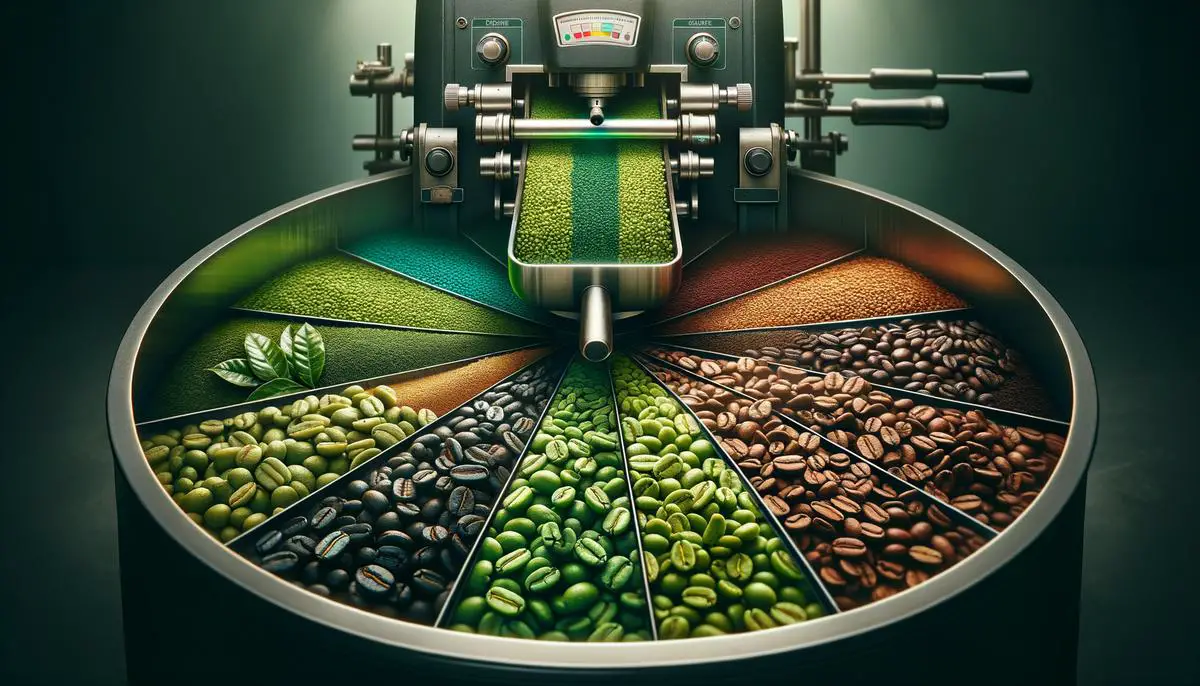
Roasting Equipment
Roasting coffee at home can transform into a delightful hobby with the right pieces of equipment in your arsenal. Not only does it charm your kitchen with aromatic magic, but it also pulls you deeper into the coffee culture, letting you tweak and toy with flavors until they’re just right. As we dive into the world of home roasting, it’s crucial to lay out the essentials that could cater to both beginners and enthusiasts alike, ensuring every cup rings with personalized perfection.
Starting with the basics, a thermometer is a must-have. Roasting is all about temperature precision. This little gadget helps in keeping tabs on how hot your beans are getting — essential for avoiding under or over roasting. Next in line, consider getting a scale. Coffee roasting is somewhat of a scientific art, and consistent results require accurate measurements of both green beans and the finished roasted coffee.
For those dipping their toes in home roasting, the skillet method might just be the perfect starting point. It’s old-school, yes, but it brings the essence of roasting to your stove top. Just keep those beans moving to avoid uneven roasts. However, while skillet roasting is accessible, uniformity of roast can be quite the challenge.
An upgrade from skillet is using a popcorn popper. Odd? Perhaps. Efficient? Absolutely. Popcorn poppers circulate beans with hot air, offering a more even roast compared to the skillet method. But caution, monitoring is key lest you turn your delicious beans into charcoal.
Then, there are specialized coffee roasting machines for those ready to take their home roasting to the next level. These machines range from basic, ideal for novices, all the way to advanced with features allowing precise control over the roast profile. Some come equipped with built-in coolers and chaff collectors, making post-roast clean-up a breeze.
For the tech-savvy and extremely detail-oriented, consider drum roasters that rotate beans in a heated cylinder. These machines allow for meticulous control over temperature and roast time, crucial factors for developing flavor profiles. Depending on the model, they can also feature preset modes for different roast styles – from light to dark, bringing out the best in each bean.
Regardless of method chosen, ventilation is critical. Roasting coffee produces smoke and a strong scent that some might find overwhelming. Ensure your roasting zone is well-ventilated, possibly near a window or an exhaust system.
Keep in mind that while equipment is critical, mastering the skill of roasting comes down to practice and patience. Starting might seem daunting, but remember, every expert was once a beginner. Each batch offers new learnings and gradually hones your knack for those perfect roasts.
Choosing between equipment options depends largely on personal preference, available space, and budget. Rest assured, whether with a simple pan on your stovetop or the latest roasting machine, the path leads to richly rewarded efforts with every flavorful sip of your very own home-roasted coffee.
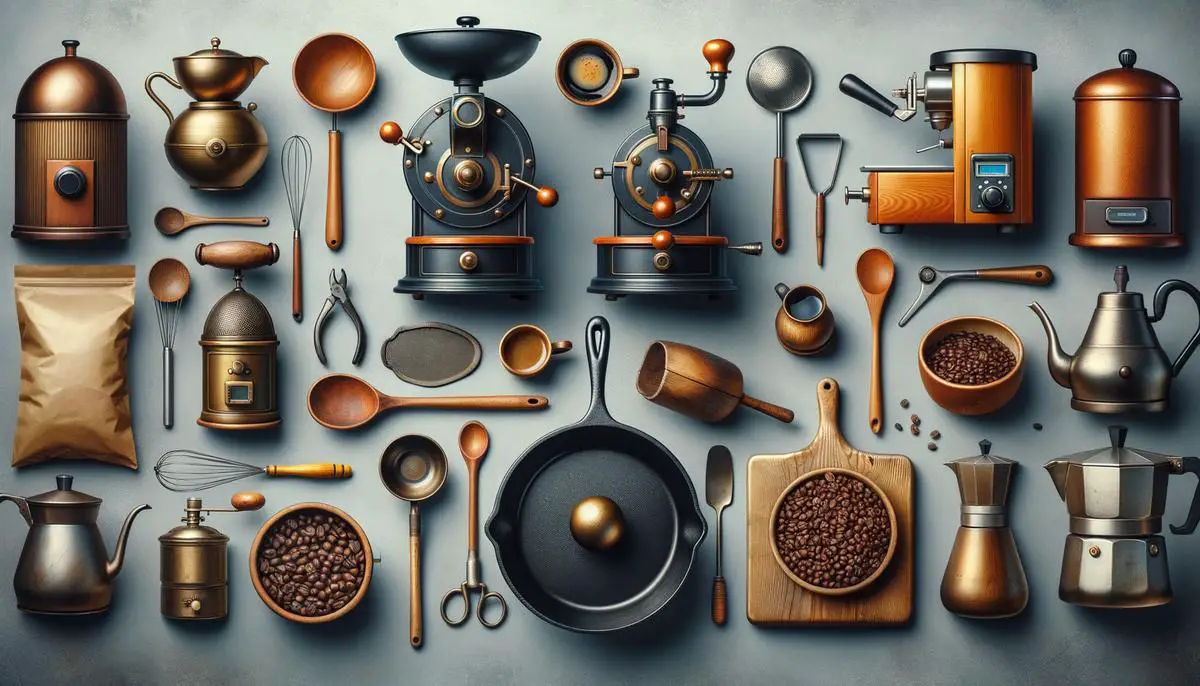
The Roasting Process
After the first crack, roasting enters a critical juncture: the development phase. Here, the focal point shifts towards enriching the bean’s intricate flavors and aromas. The time spent in this phase significantly influences the coffee’s final taste profile, making precise control paramount. Subtle adjustments can transform a roast from evenly balanced to boldly distinctive.
Approaching the second crack, roasters edge into darker territories. Here, oils start to emerge on the bean’s surface, hinting at a deeper, more intense flavor spectrum. The gap between first and second cracks is less about the ticking of the clock and more about sensing the transformation within the beans. At this stage, visual and olfactory cues become roasters’ allies in averting an overdone roast.
Cooling is as crucial as the roast itself. The process must begin the moment desired roasting level is achieved. Quenching the beans rapidly halts their development, preserving their nuanced flavors. Roasters employ cooling trays or vents, promoting airflow around the beans to ensure they don’t continue cooking.
Throughout these stages, a spectrum of chemical reactions unleashes a potpourri of flavors and aromas. Maillard reactions, responsible for much of the bean’s characteristic flavors, thrive under precise heat management. The bravado of leading a roast through these stages is akin to conducting an orchestra—each note and instrument must harmonize.
Lastly, rest is imperative. After roasting, coffee beans embark on a degassing phase. This period allows for the escape of CO2, directly affecting flavor. Beans typically rest for a duration which relies as much on tradition as on taste preference, affirming that patience truly brews perfection. During this hiatus, the full symphony of flavors settles, leading to a more rounded and complete sensory experience upon brewing.
Navigating from green bean to aromatic cup involves more than just a linear path; it’s a journey through temperature and time, guided by careful observation and a sprinkle of daring intuition. Each roast is a daring adventure into flavor’s heartland, promising each cup delivers not just a beverage but an élan vital itself.
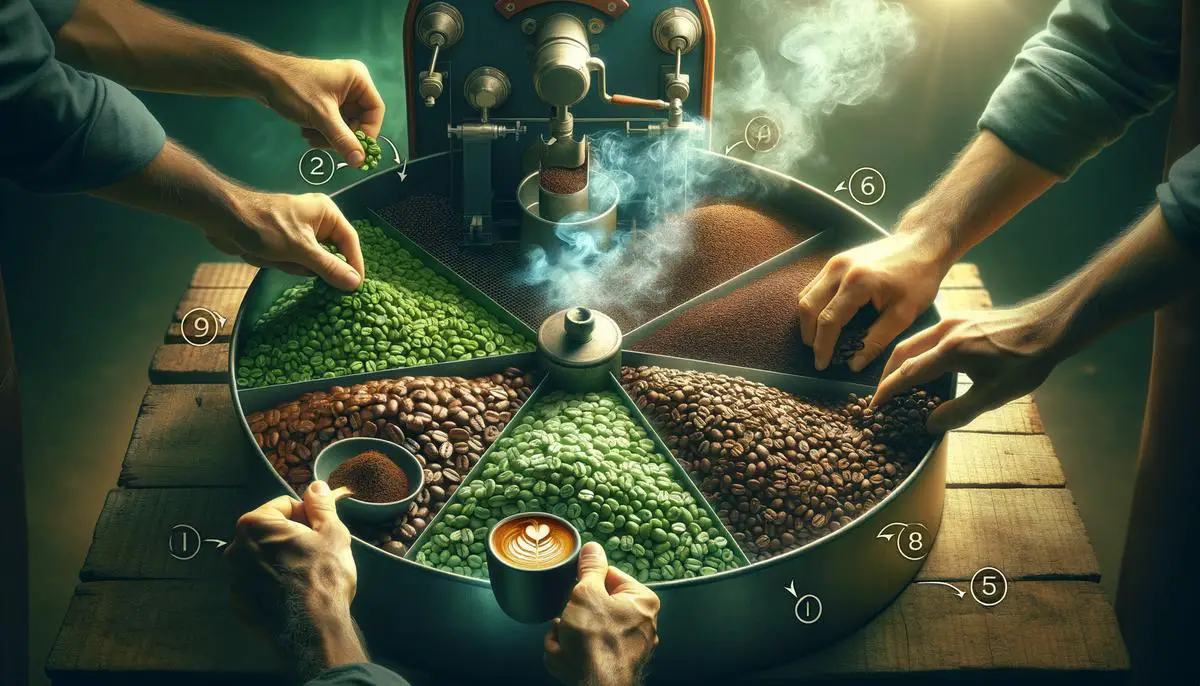
Cooling and Storage
Once the desired roast is achieved, swift cooling is next on the agenda. Rapid cooling stops the roasting process instantly, preserving the nuanced flavors developed during roasting. Spread the beans out on a baking sheet or a cooling tray—if you have one. The wider the surface area, the quicker the beans will cool down. A fan can help whisk away heat and speed up the process. Remember, the goal is to bring the beans down to room temperature as swiftly as possible to lock in those complex flavors.
Now, how about storing those freshly roasted beans? Light, air, moisture, and heat are coffee’s worst enemies after roasting. They can degrade its heavenly flavors quicker than one can imagine. So, to outsmart these villains, think of your coffee beans like warriors that need strong armor. Air-tight containers are their best defense. Choosing the right container can make a big difference; glass or ceramic with airtight seals work wonders. These should then take shelter in a cool, dark place, far removed from sunlight or any heat source. A cupboard away from the stove or a pantry would be an ideal hideout.
For those who think the freezer is a better hideaway, pump the brakes. Sure, freezing coffee may slow down deterioration if done correctly, but it comes with its own set of challenges. If you decide to walk this frosty path, ensure your coffee is in an air-tight, moisture-proof container. And only freeze it once. Constant thawing and refreezing are like sending your coffee to battle without any armor—it just doesn’t end well.
Lastly, let’s talk about timing. Freshly roasted coffee enters its prime aroma and flavor phase a few days after roasting and usually stays vibrant for about two weeks. However, it can maintain good notch taste quality for up to a month if stored properly. Watching the calendar might not be as thrilling as watching those beans transform in the roaster, but trust this—the waiting game pays off. The patience will reward you with a cup that richly embodies the stories of its origin, the craft of its roasting, and the care in its cooling and storage. Now, imagine taking that first sip–worth every effort, wouldn’t you say?

And there we have it, a journey through the art and science of coffee roasting. From selecting the right beans to mastering the roast and finally savoring the fruits of your labor, it’s clear that great coffee is more than just a beverage; it’s an experience. A testament to patience, skill, and passion. So next time you indulge in your morning cup, remember the journey those beans have taken and the meticulous craft that has shaped their flavor. Cheers to that exquisite sip that makes all the effort worthwhile.
